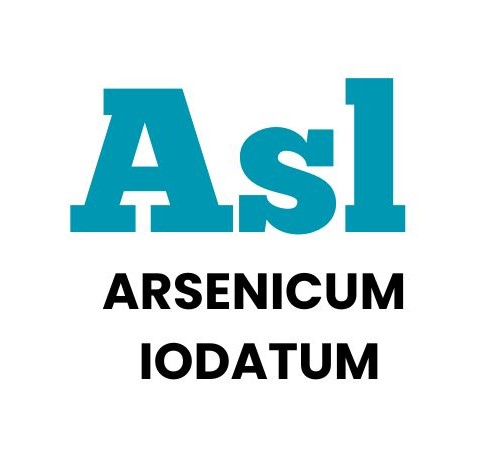
ARSENICUM IODATUM
Arsenicum Iodatum was initially employed by H. Nankivell based on analogical reasoning for treating Phthisis. It underwent a brief independent proving, and symptoms observed in patients have expanded its pathogenesis.

Arsenicum Iodatum was initially employed by H. Nankivell based on analogical reasoning for treating Phthisis. It underwent a brief independent proving, and symptoms observed in patients have expanded its pathogenesis.
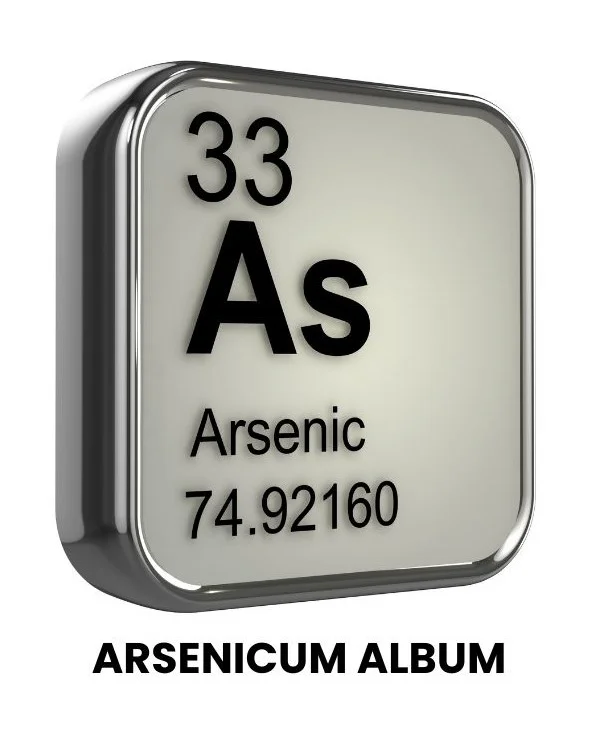
Arsenic, a deadly poison, has been historically used in medicine. Its physiological dose induces vomiting, purging, and prostration.
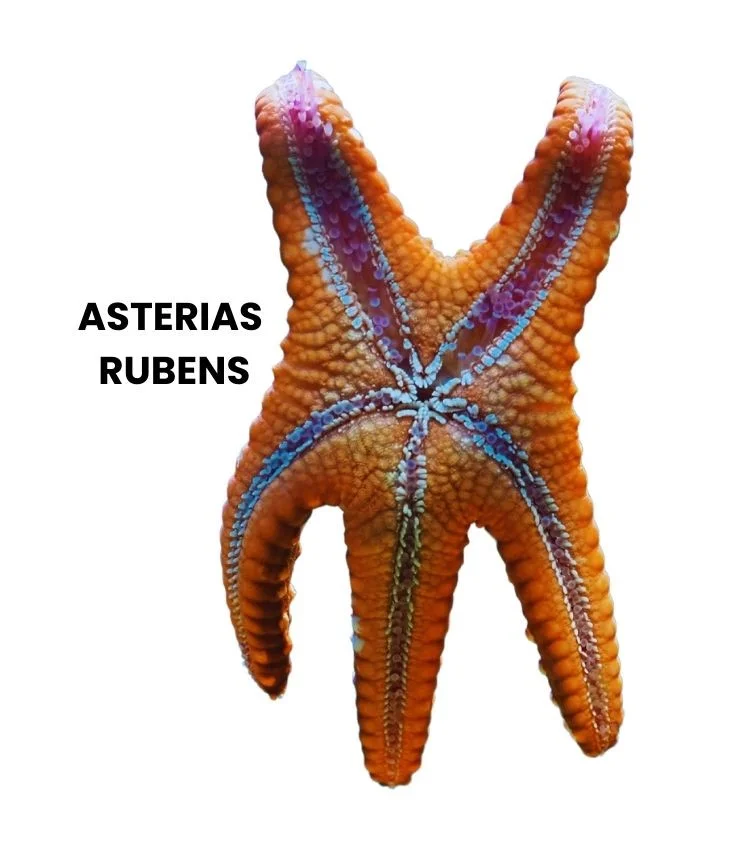
Asterias rubens, derived from the starfish belonging to the natural order of Radiata, shares pathogenetic similarities with Sepia and Murex, which are prepared from cuttlefish and purple fish, respectively.

Asafoetida, commonly known as Devil’s Dung, earned its name due to its highly offensive smell. It was first introduced to our Materia Medica by Franz in 1822, with Hahnemann himself contributing to its proving.
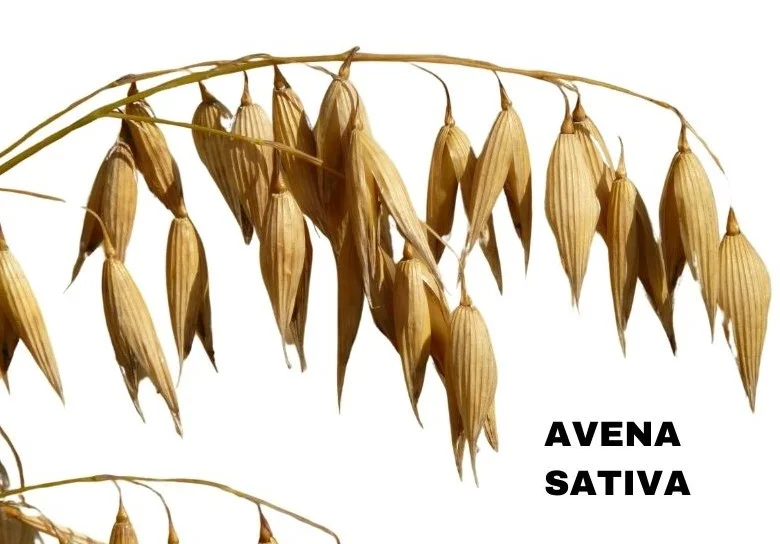
Avena sativa, commonly known as the Common Oat, is a medicinal plant renowned for its selective action on the brain and nervous system, enhancing their nutritive function.

Arundo is a remedy primarily used for catarrhal states and hay fever. It is derived from the reed plant and is particularly effective in addressing symptoms such as itching, burning, and irritation in various parts of the body.

Arsenicum Bromatum, derived from Bromide of Arsenic, is renowned for its significant impact as an anti-psoric and anti-syphilitic remedy.
ARSENICUM BROMATUM Read Post »

Arsenicum Hydrogenisatum, a preparation of Arsenic, exhibits a more accentuated general action of Arsenic. It is characterized by its impact on various bodily systems, leading to symptoms such as anemia, anxiety, hæmaturia, and collapse.
ARSENICUM HYDROGENISATUM Read Post »

Arsenicum Metallicum, derived from Metallic Arsenic, is a homeopathic remedy known for its effects on various bodily systems. This remedy is characterized by weakness and a swollen sensation in different body parts.
ARSENICUM METALLICUM Read Post »

Arsenicum Sulfuratum Flavum, commonly known as Arsenic Trisulphide or Orpiment, is a homeopathic remedy derived from the yellow sulfide of arsenic.
ARSENICUM SULFURATUM FLAVUM-ARSENIC TRISULPH Read Post »

Asclepias Syriaca, commonly known as Silkweed or Milkweed, is a homeopathic remedy that appears to have a specific influence on the nervous system and urinary organs.
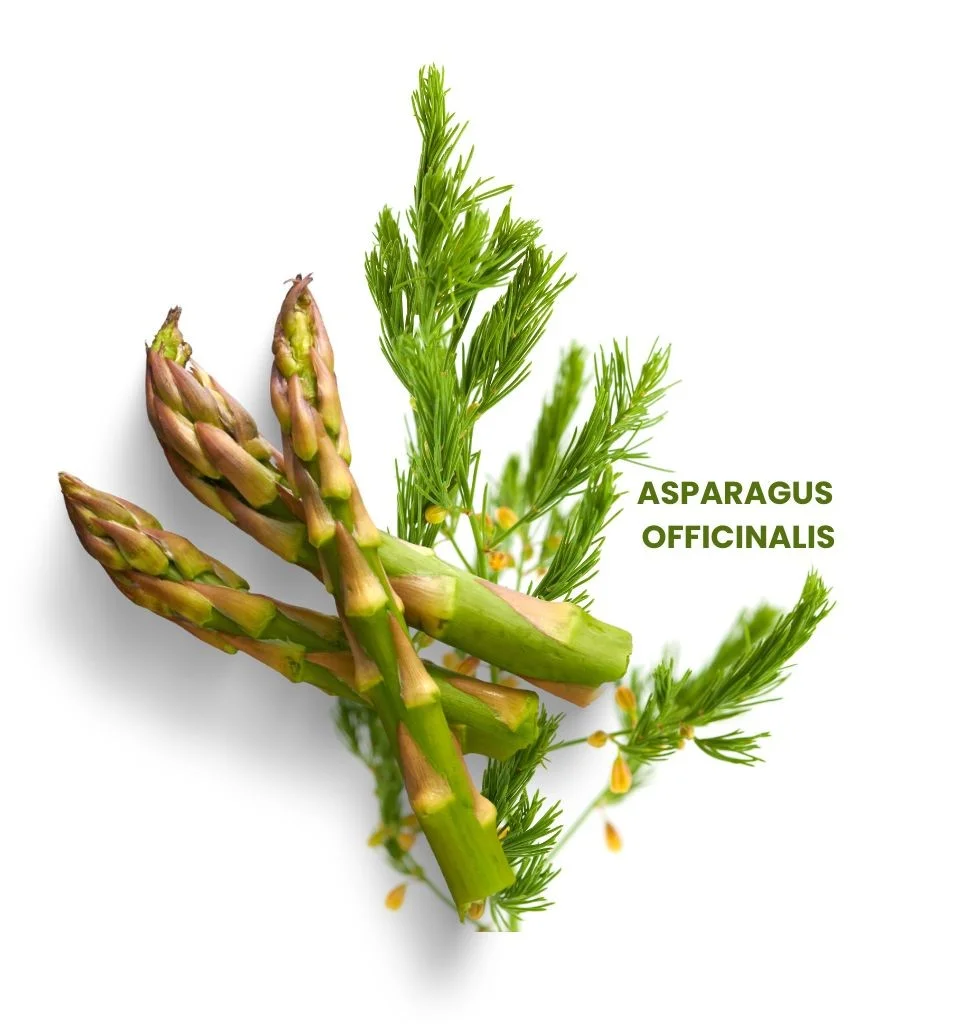
Asparagus Officinalis, derived from Common Garden Asparagus, is a homeopathic remedy known for its notable and immediate impact on urinary secretion. It exhibits effects such as weakness, cardiac depression, and dropsy.
ASPARAGUS OFFICINALIS Read Post »

Asimina triloba, commonly known as the American Pawpaw, is a homeopathic remedy derived from the plant with the same name. It is characterized by its potential to produce symptoms resembling scarlet fever.
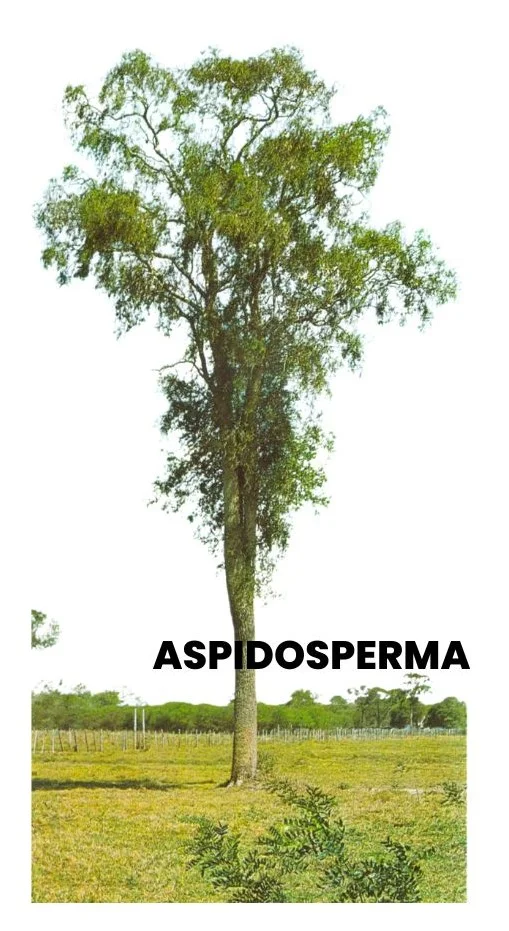
Aspidosperma, commonly known as Quebracho, is recognized as the “digitalis of the lungs.” It is a homeopathic remedy derived from the bark of the Aspidosperma tree.

Astragalus Mollissimus, commonly known as Purple or Woolly Loco-weed, is a plant with notable effects on animals, resembling the impact of alcohol, tobacco, and morphine in humans.
ASTRAGALUS MOLLISSIMUS Read Post »